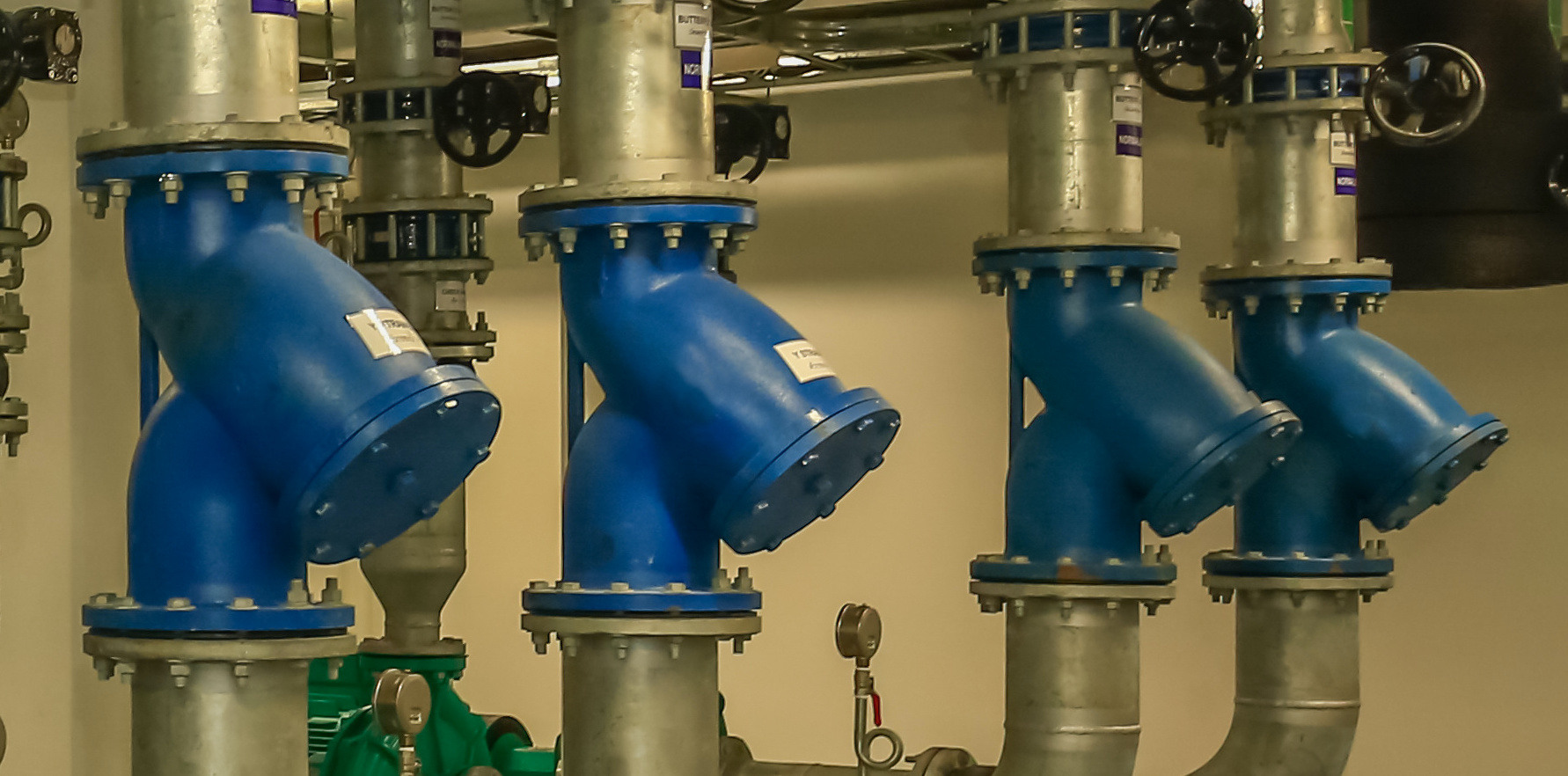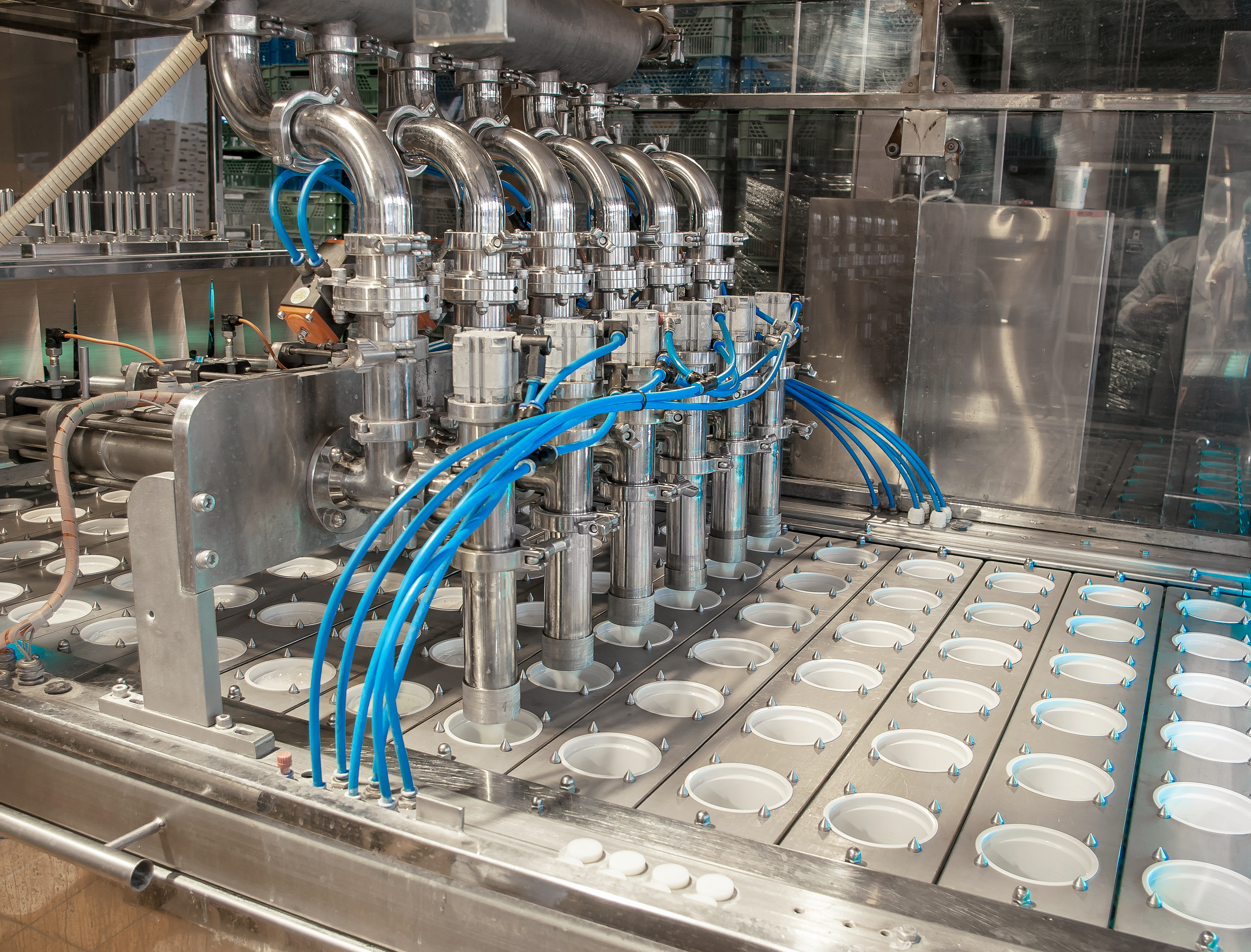Filtering Digital Inks: Common Pain Points Across All Formulation types
The unique filtration challenges presented by different digital ink types — from aqueous systems prone to microbial growth, to UV-curable inks at risk of premature curing, and specialty inks with irregular pigments. While each ink type has its own quirks, there are several universal pain points that apply across the board. Recognising these helps ink manufacturers design smarter, more robust filtration strategies.
-
The Retention vs. Flow Trade-Off
Every ink formulation must strike a balance between:
- Protecting printheads with fine filtration, and
- Maintaining acceptable flow rates and filter life.
Go too fine, and filters block prematurely, driving up costs and waste. Go too coarse, and the risk of particle breakthrough increases — potentially damaging printheads worth tens of thousands of pounds.
Best practice: Use a staged approach (coarse → fine) and tailor cut-offs to pigment size distributions rather than relying on one-size-fits-all filtration.
Predictability of Filter Life
Filter performance can vary widely due to:
- Formulation differences between OEMs.
- Batch-to-batch variability.
- Differences between ink colorus (e.g., black vs. white).
This makes filter life difficult to predict, complicating cost modelling and maintenance planning.
Best practice: Pilot filtration studies and controlled life-cycle testing provide valuable data to set realistic expectations.
Startup Waste and Flushing Losses
Every filter change requires wetting and flushing. In high-value ink production, this can mean significant losses — not just in ink but also in downtime.
Best practice: Right-size filters for production runs, use low-hold-up-volume housings, and design systems to minimize startup waste.
OEM Lock-In and Limited Alternatives
Many printer OEMs specify proprietary filters. While this ensures compatibility, it:
- Restricts manufacturer choice.
- Keeps prices high.
- Limits flexibility in supply chain management.
Best practice: Where possible, validate alternative filter suppliers who can demonstrate equivalent retention, compatibility, and performance.
Operator & Process Safety
Across solvents, oils, and UV systems, operator exposure remains a concern. Vapors, reactive components, or curing risks all create safety challenges during filter handling.
Best practice: Invest in sealed housings, quick-change connectors, and closed-loop systems to minimize operator contact with hazardous materials.
Conclusion: Filtration as a Strategic Tool
Filtration is too often treated as a minor production step — but in digital ink manufacturing, it directly affects:
- Printhead reliability
- Ink performance consistency
- Waste and operating costs
- Operator safety
The most successful ink manufacturers approach filtration as a strategic design element rather than an afterthought. By understanding the common and ink-specific pain points, they can build processes that protect both product performance and profitability.
Find out more about the digital ink filtration solutions we offer or feel free to give us a call or send us an email - we’d be more than happy to help with any digital ink filtration enquiries you have.
You can also read more in our blogs:
- The Key Challenges for Filtration in Digital Ink Manufacture
- Understanding Absoute vs Nominal Ratings in Depth Cartridge Filters
- 5 Things You Need to Know About Depth Filters
PoreFiltration – Making your filtration systems work harder




-2.png)
